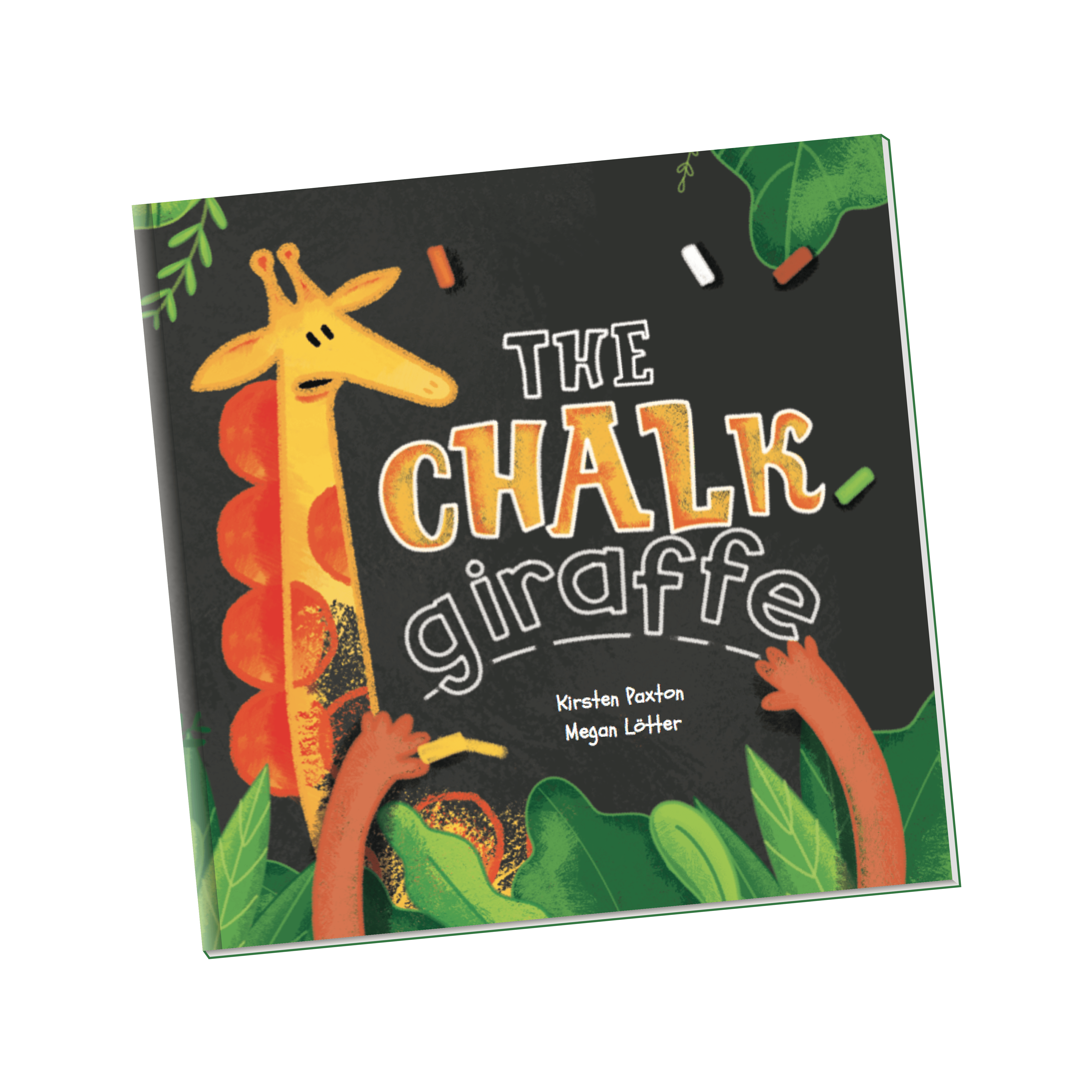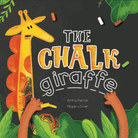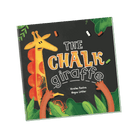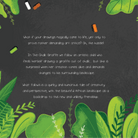Die Krytkameelperd
Couldn't load pickup availability
Wat as jou tekeninge op magiese wyse lewendig geword het, net om eerder veeleisende kunskritici te bewys? O, die moeite!
In The Chalk Kameelperd volg ons 'n artistieke kind wat vind dat sy 'n kameelperd met kryt teken ... maar sy is verras wanneer haar skepping lewendig word en veranderinge aan sy omliggende landskap eis. Wat volg is 'n eienaardige en humoristiese verhaal van kreatiwiteit en perspektief, met die pragtige Afrika-landskap as agtergrond vir hierdie nuwe en onwaarskynlike vriendskap.
The Chalk Kameelperd is Kirsty Paxton en Megan Lötter se eerste kinderboek.
Besonderhede: 40 bladsye, 20 cm x 20 cm, gratis e-boek PDF met sagteband aankoop, (ISBN 978-0-620-77534-2).







